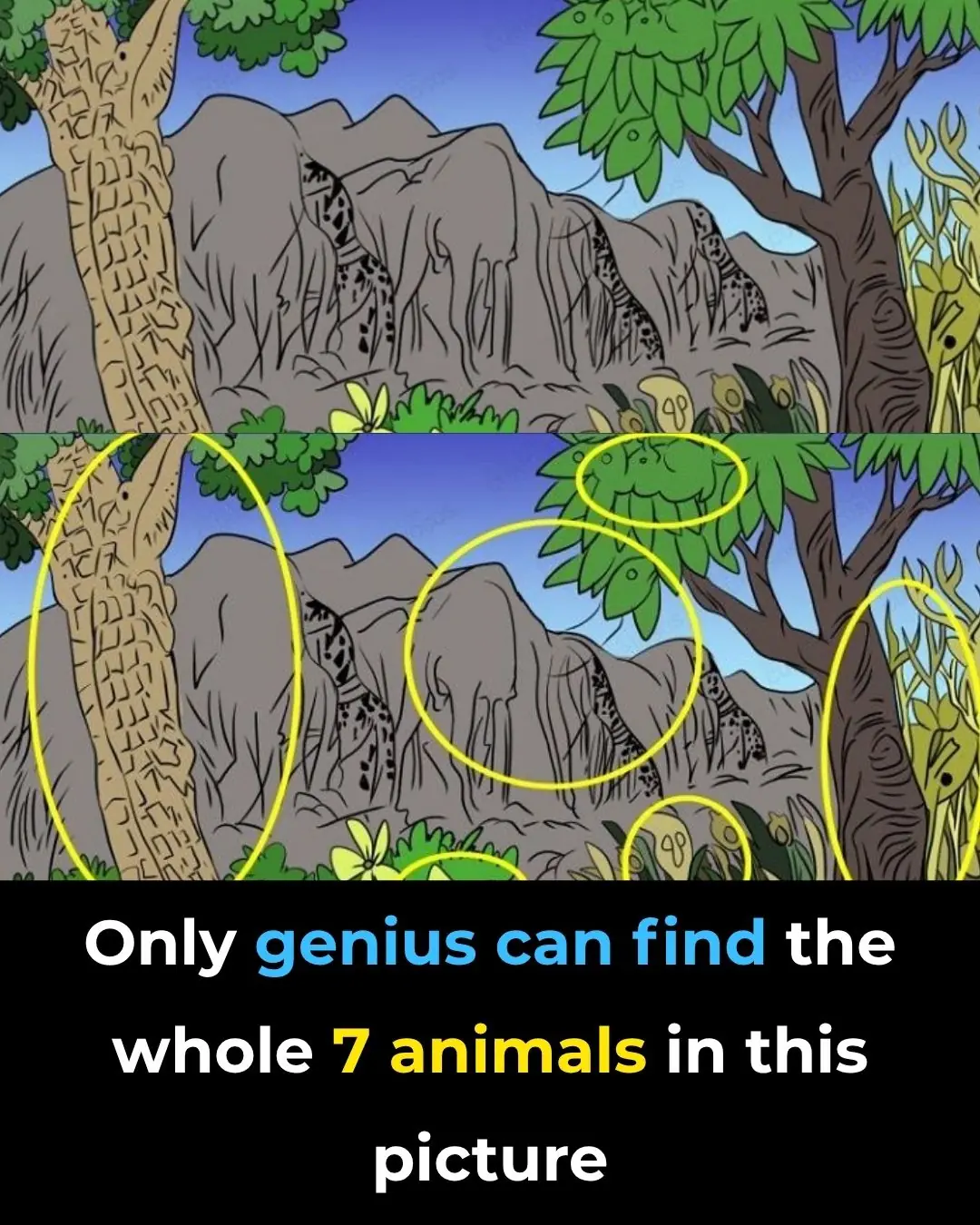
Scientists Discover Giant Sinkhole in China With Primeval ‘Lost World’ Inside
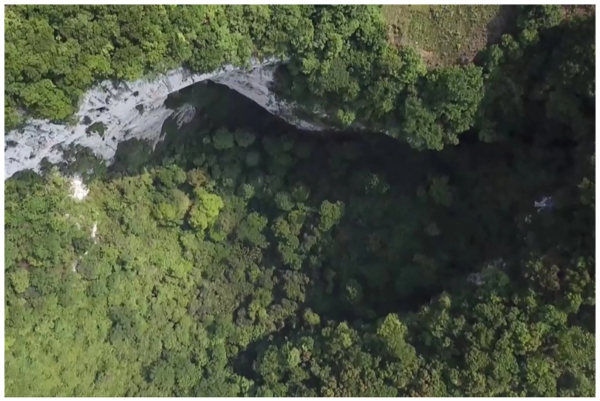
Chinese scientists have uncovered a vast, ancient "lost world" hidden within a massive and extraordinarily deep sinkhole in southern China — a natural wonder that may contain previously unknown species of flora and fauna.
The giant sinkhole was discovered near Ping’e Village, located in the Leye District of Guangxi Zhuang Autonomous Region, according to Ancient Origins. Measuring an astonishing 192 meters (630 feet) in depth, 306 meters in length, and 150 meters in width, this natural formation is now considered one of the largest sinkholes on Earth.
This type of terrain, known as a karst landscape, forms over thousands — or even millions — of years through the gradual erosion of soluble rocks like limestone and gypsum by groundwater. As the water wears away the rock, vast underground voids and cave systems emerge. When the ceiling of one of these voids collapses, a sinkhole forms. In China, these dramatic formations are often called “heavenly pits”, and it’s easy to understand why. The steep walls, hidden depths, and secluded ecosystems give these sites an otherworldly appearance — as if stepping into a forgotten realm untouched by time.
What makes this particular sinkhole even more remarkable is what lies at its bottom: a lush, ancient forest with trees that reach heights of up to 40 meters (approximately 130 feet). Unlike many other sinkholes around the world that are filled with water — particularly the cenotes of Mexico, often referred to as the "Sinkhole Paradise" — this one shelters a thriving green ecosystem, protected from the harsh conditions above.
According to Chen Lixin, the lead scientist of the exploration team, the expedition uncovered a thriving underground environment with plant species that have potentially never been identified by science. "There are species in this cave that have never been reported or described to science," he stated, fueling global scientific curiosity.
Another member of the team, Zhang Yuanhai, a senior engineer with the Karst Institute of Geology, described their discovery as encountering “another world” at the bottom of the pit — a place so isolated and pristine that it may hold secrets from ancient ecological eras.
The implications of such a discovery are enormous. Botanists and biologists around the world are now eagerly awaiting the findings of further studies, which could reveal not only new species but also insights into ancient plant life that has remained preserved and undisturbed for millennia.
This discovery may also offer practical applications. Chinese environmental scientists, especially those focused on reforestation and combating desertification, have expressed interest in the unique flora found in this sinkhole. In the past, reforestation efforts sometimes failed because introduced plants consumed too much water or struggled to adapt. However, the hardy, possibly ancient plants thriving in these isolated environments could be key to future ecological restoration projects — a case where looking back into the past may help us move toward a more sustainable future.
With further exploration planned, the sinkhole near Ping’e Village could soon become a hotspot of scientific research — and a symbol of how much there is still to discover on our own planet.
News in the same category


6 Surprising Predictors of Divorce You Probably Overlooked

7 Ways to Repurpose Eggshells for a Greener Home and Garden

The One McDonald’s Burger That’s Always Cooked Fresh
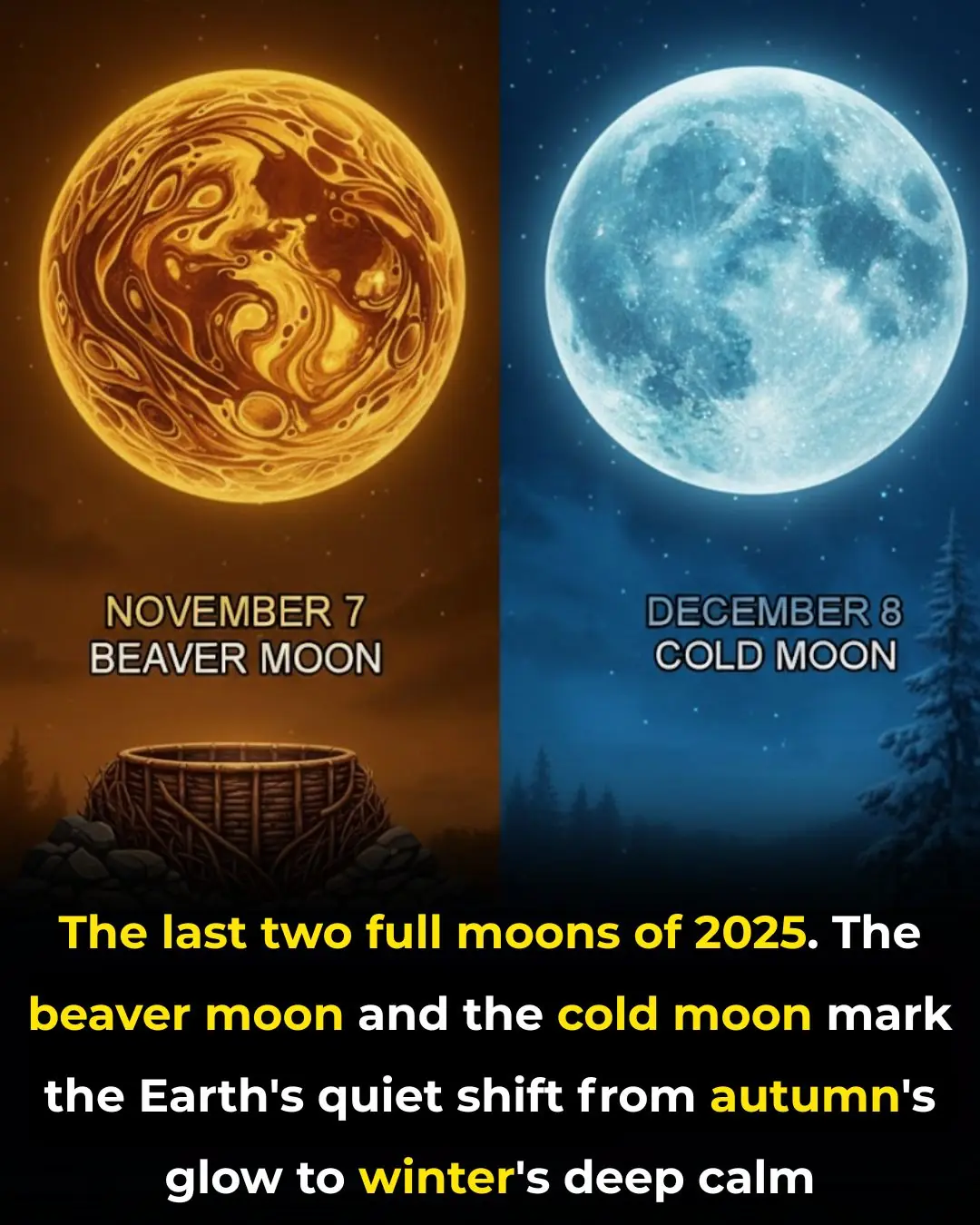
Top 6 Upcoming Astronomical Events You Don’t Want to Miss in 2025

Never Ignore Excessing Licking From a Dog

Woman creeped out after finding mysterious 'death day' in her iPhone calendar

Rob Gronkowski forgot he invested $69,000 in Apple and ten years later the value has completely changed his net-worth

Don’t Miss It: The Moon Meets the Pleiades on October 10!

Don’t Miss It: The Moon Meets the Pleiades on October 10!

Solar power makes history as it becomes main source of electricity for 450,000,000 people

Snapchat divides users as they announce policy to begin charging users for free feature

Worried About Having Small Breasts

Hikers Spot Owl Swimming Through a Canyon – An Extremely Rare Sight

I’ve Spent 6 Years Photographing Waves And The Many Moods Of The Ocean
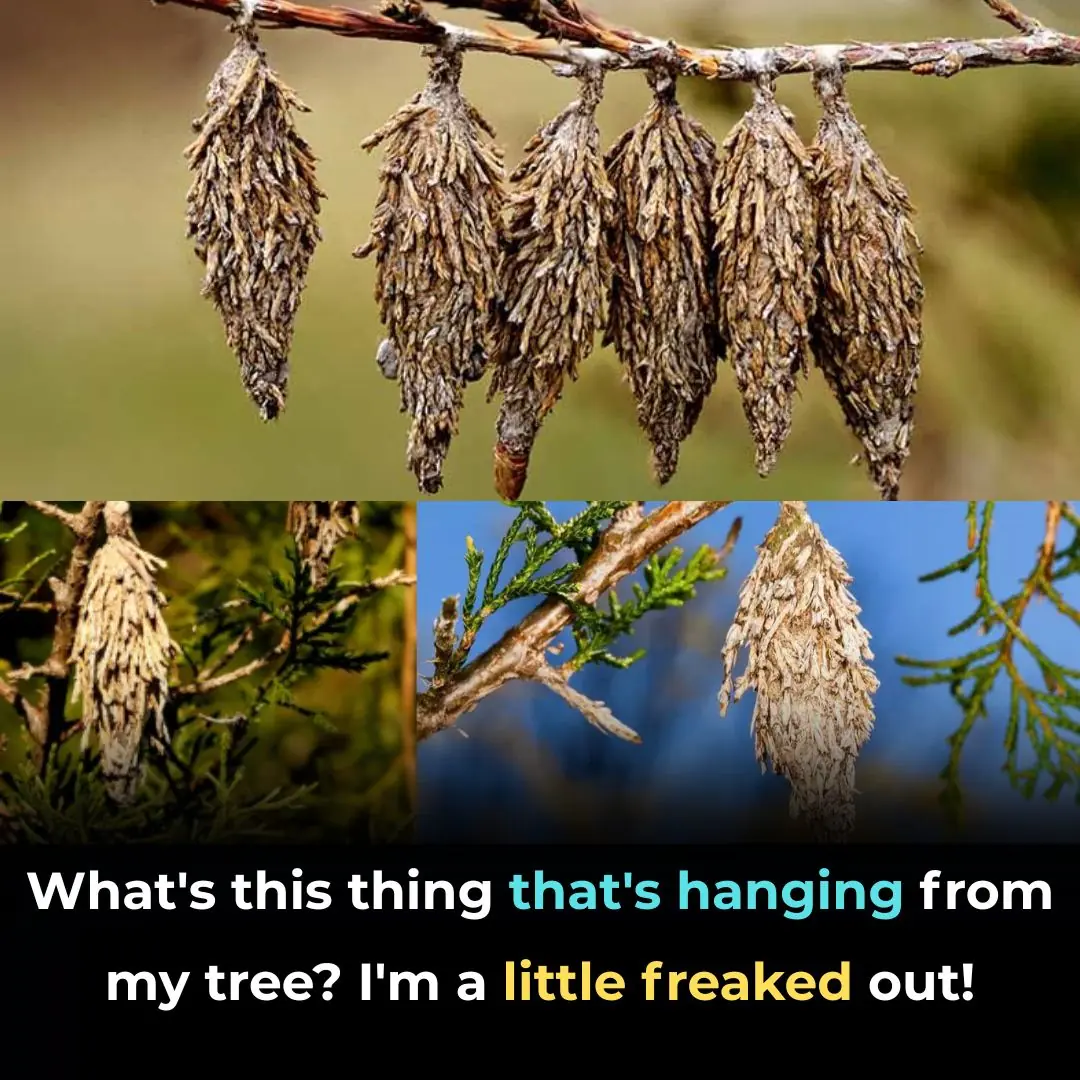
The Stealthy Threat of the Evergreen Bagworm
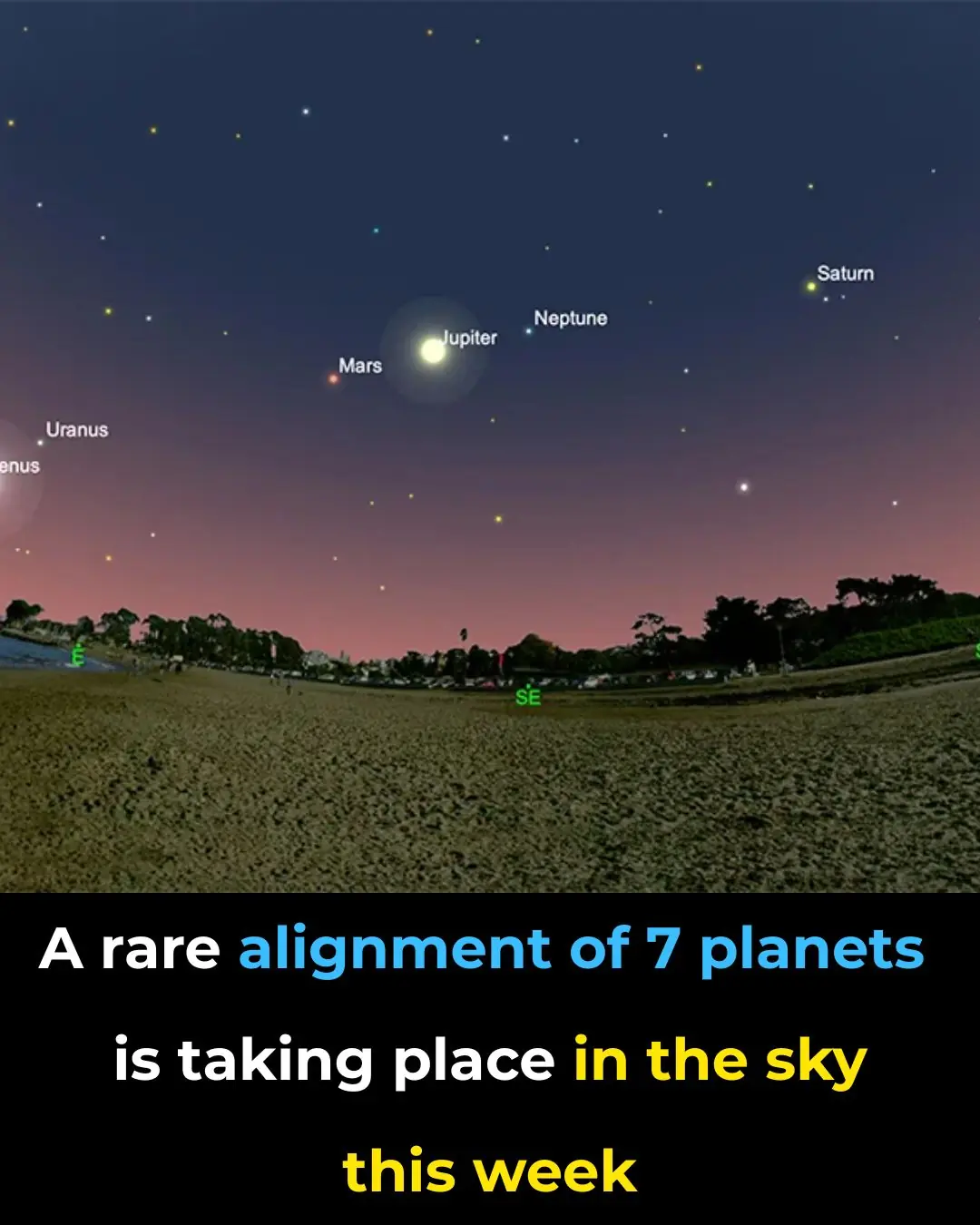
A Rare Alignment of 7 Planets Is Taking Place in The Sky This Week

The World’s Oldest Bridge Is Still In Use, and You Can See It In Greece
News Post

This Drink Destroys Your Bones From the Inside and Harms Every Organ on Its Way Out

Stop Ignoring These 8 Subtle Signs of Heart Trouble Before It’s Too Late

1 Teaspoon of Baking Soda Can Do This to Your Body!

Still Waking Up Tired? This Simple 3g Bedtime Mix Beats Melatonin for Deep Sleep
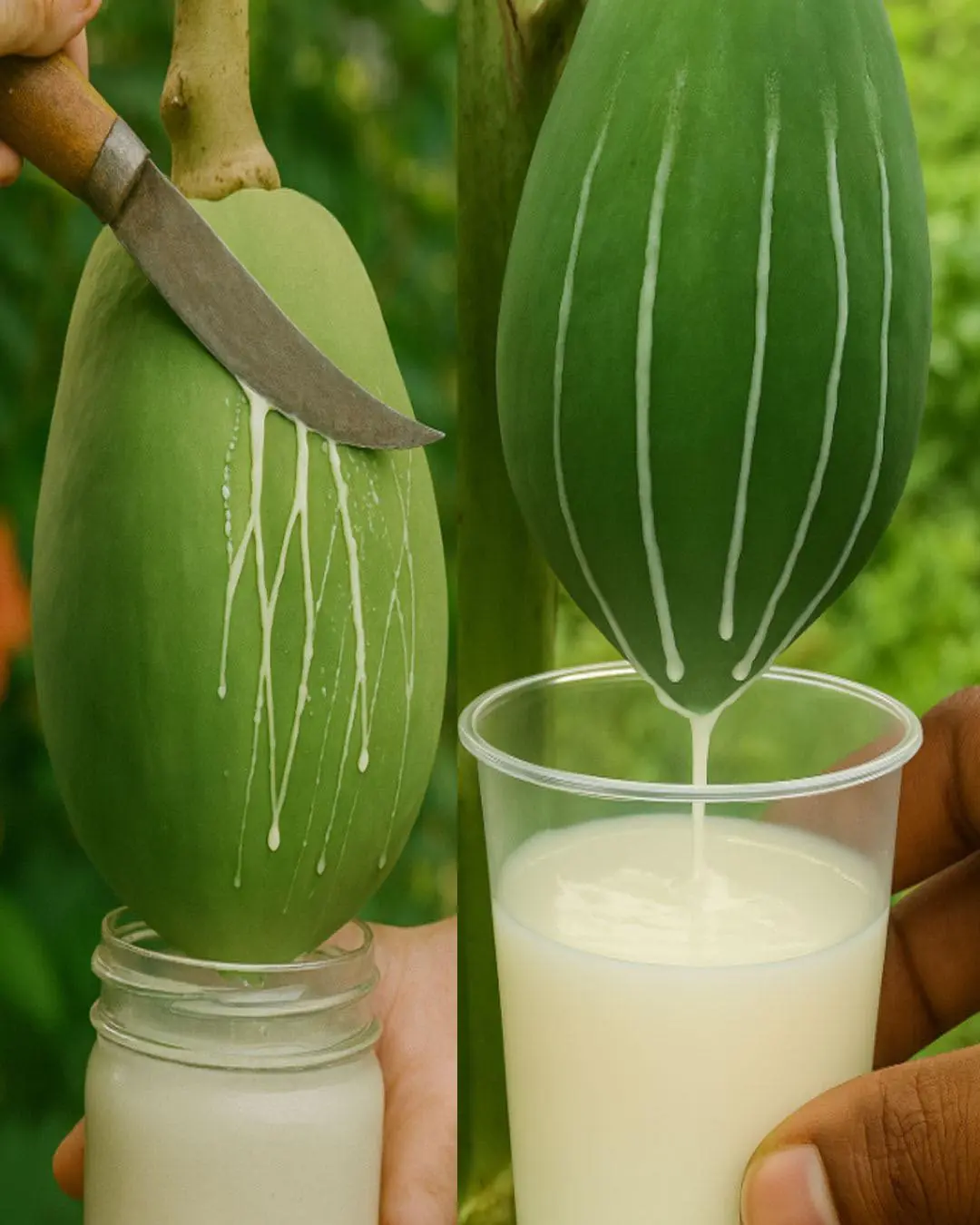
Papaya releases a milky sap, but most people don’t realize how important it is

Purslane: The Superfood That Tastes Better Than Meat – 7 Reasons to Grow It in Your Garden

9 DIY Cucumber Trellis Ideas for Easy Harvesting and Maximized Garden Potential

Honey, Lemon, Onion, Garlic & Ginger: The Daily Spoonful That Works Wonders

Garlic, Honey, and Cloves – a powerful natural remedy packed with health benefits
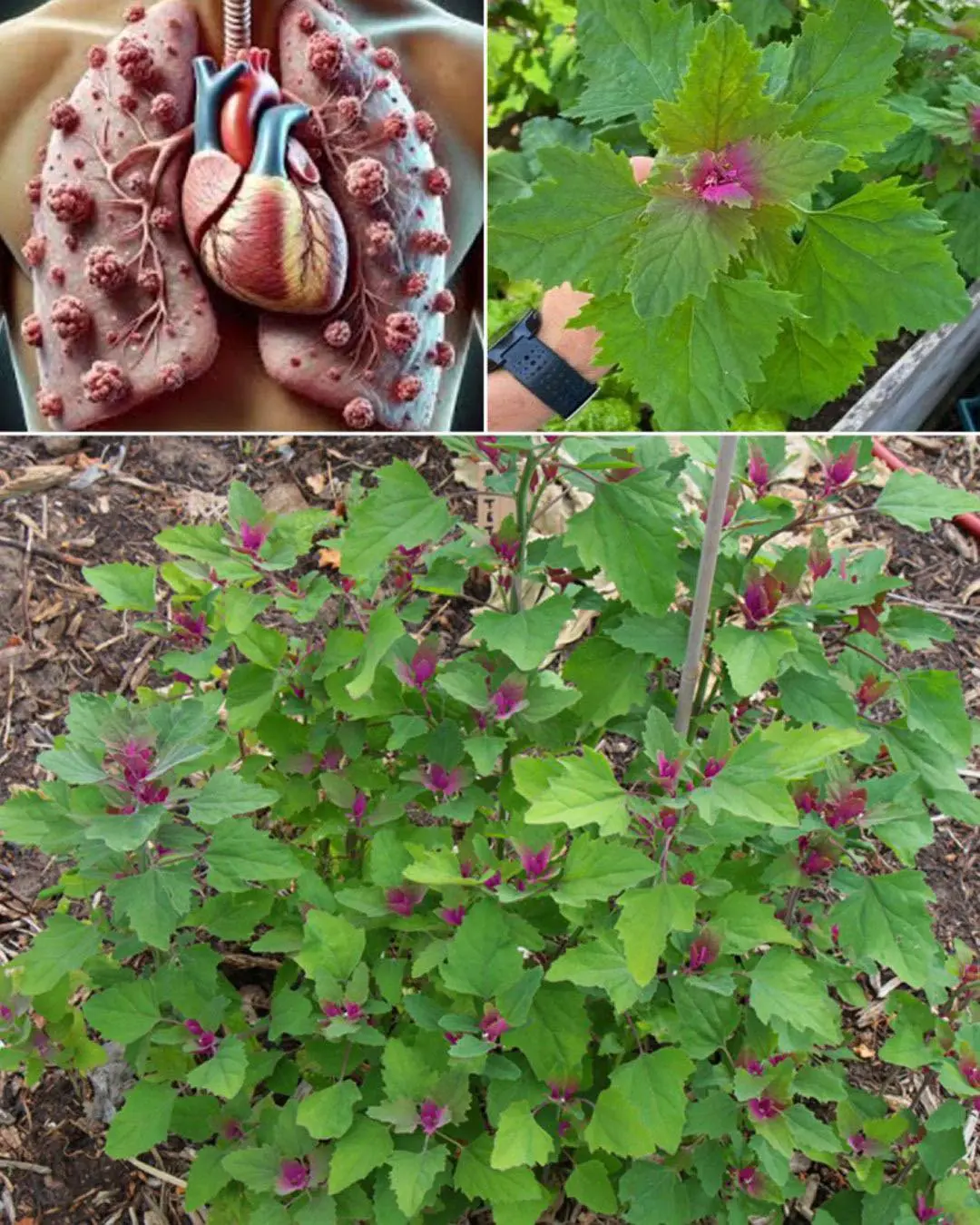
Discovering the Health Benefits of Lamb’s Quarters
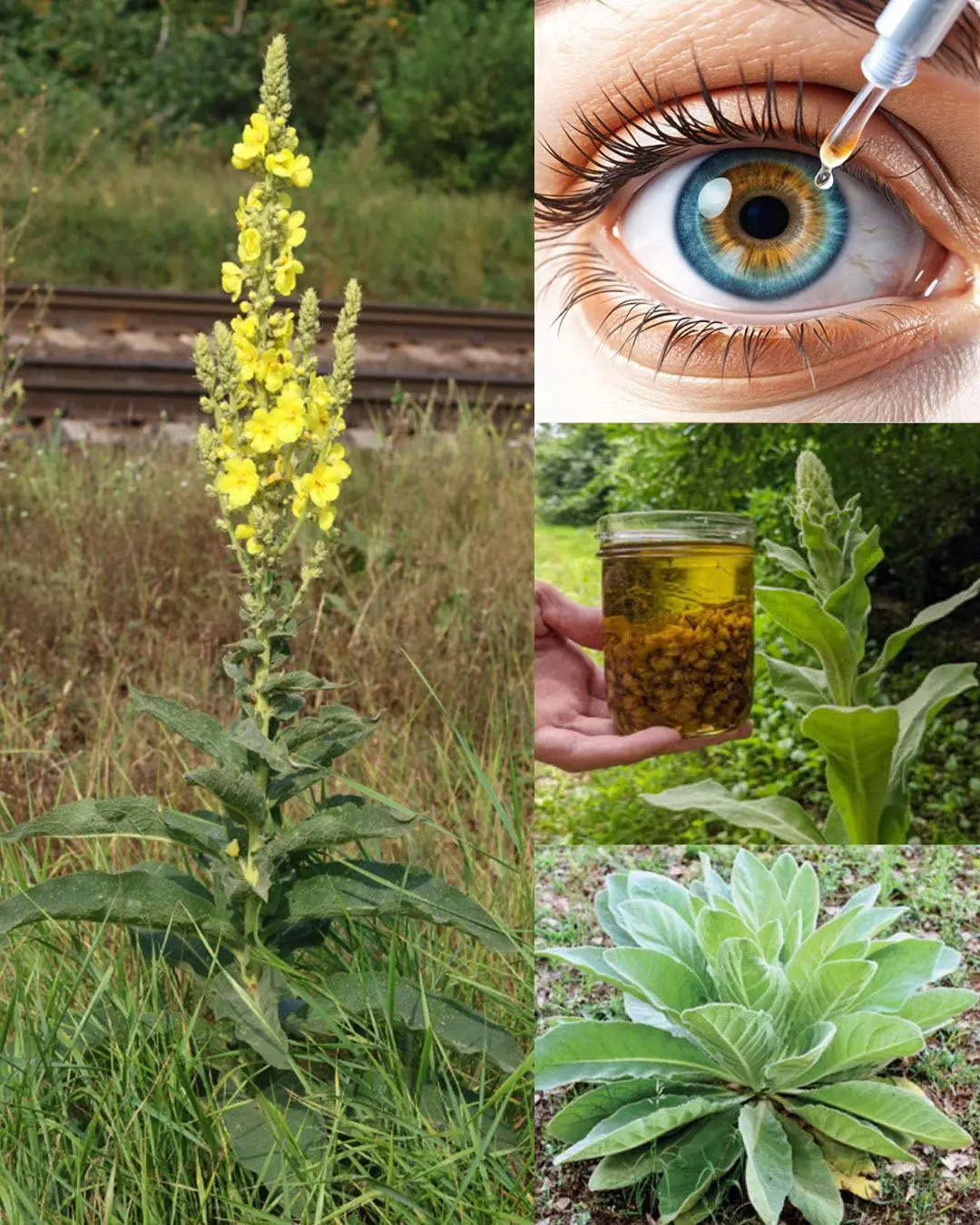
Common Mullein: Benefits and Uses of Nature’s Versatile Herb
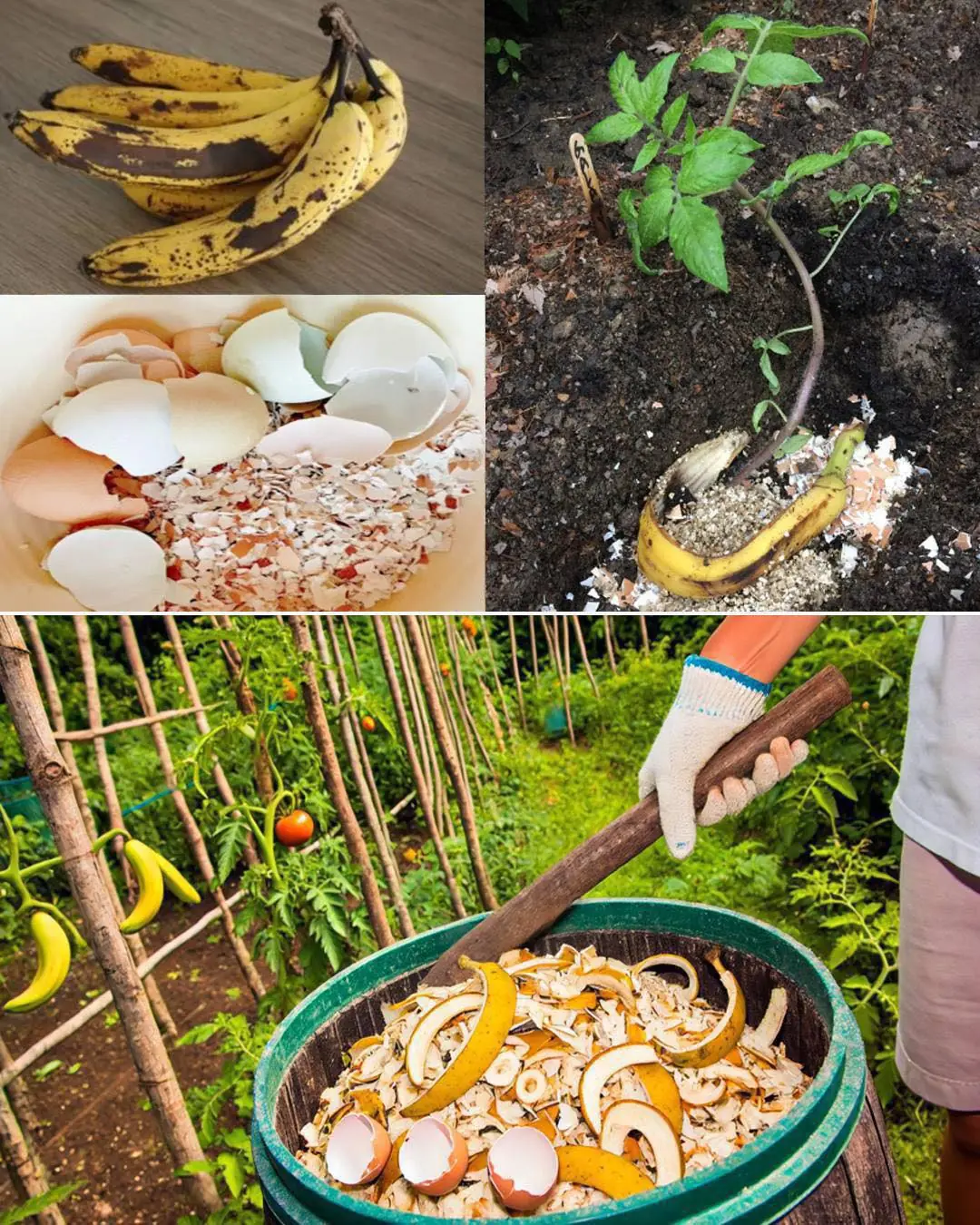
12 Homemade fertilizers for plants easy to find at home

Is It Necessary to Unplug the Rice Cooker After the Rice Is Cooked?

Find All 7 Animals Hidden

6 Surprising Predictors of Divorce You Probably Overlooked
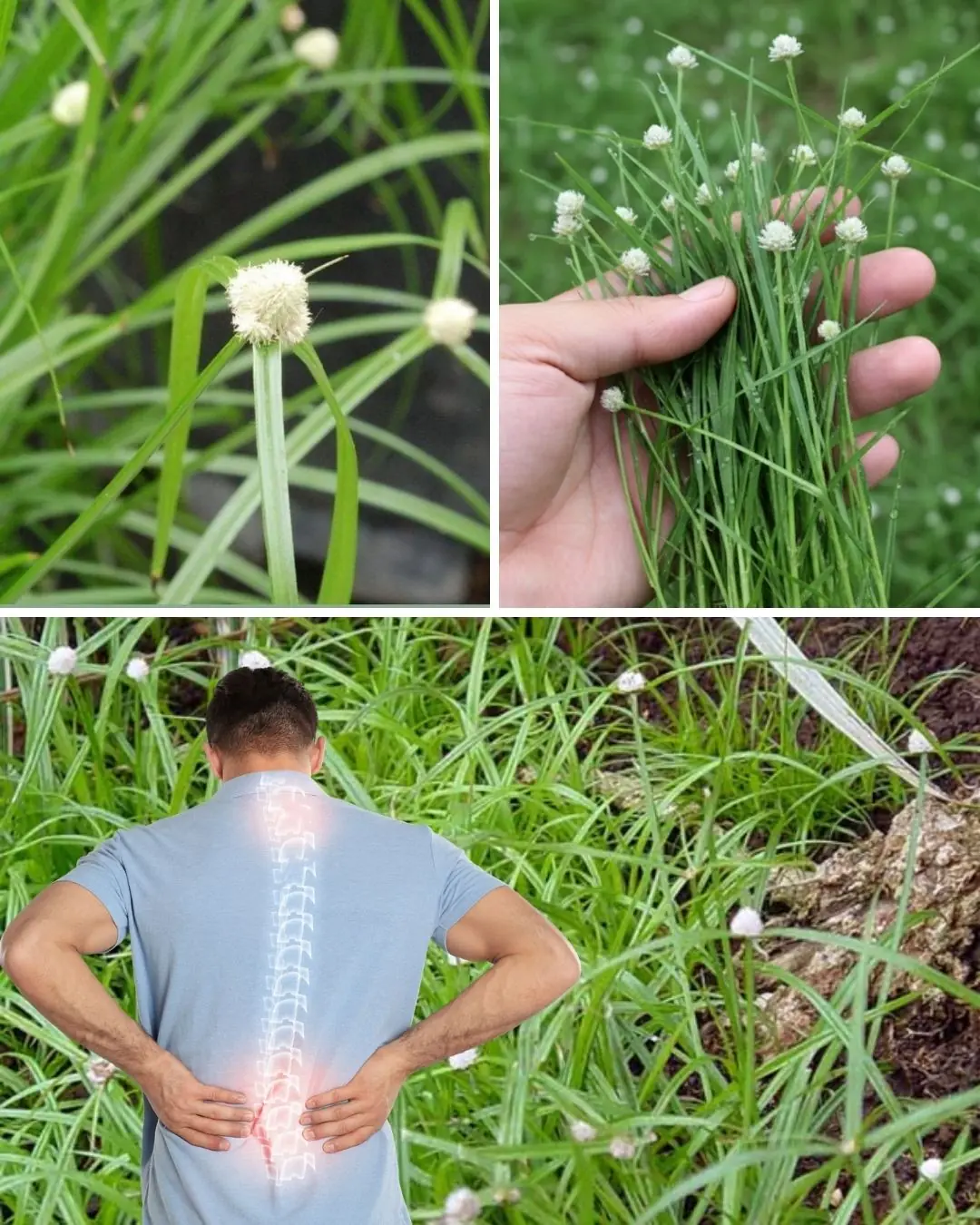
Cyperus Rotundus: The Ancient Herb with Modern Healing Power
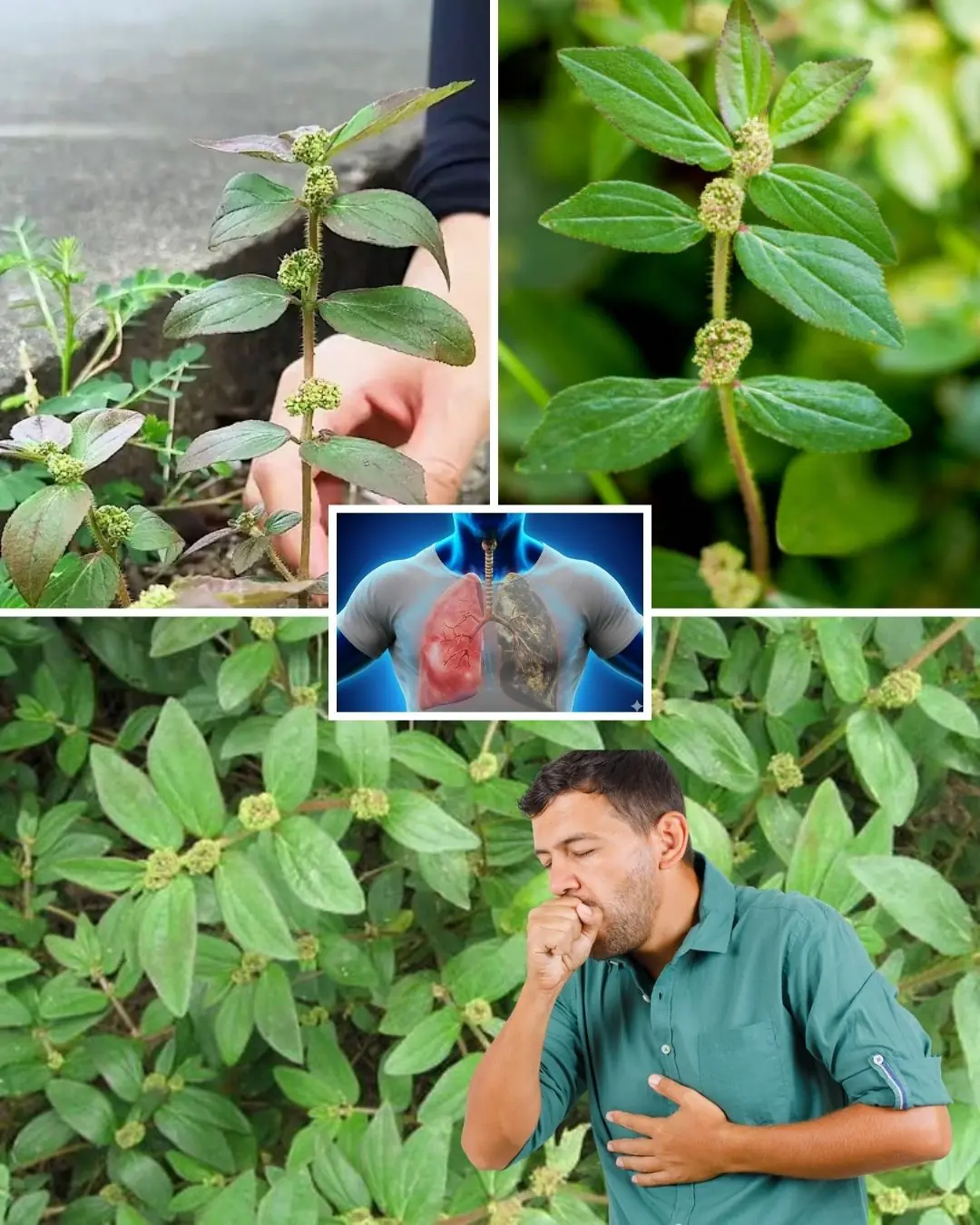
Euphorbia Hirta: 9 key health benefits of this versatile plant

Here’s How to Starve Cancer to Death By Removing One Thing From Your Diet

This Super Tea Kills Parasites And Cleanses The Body of Toxins
